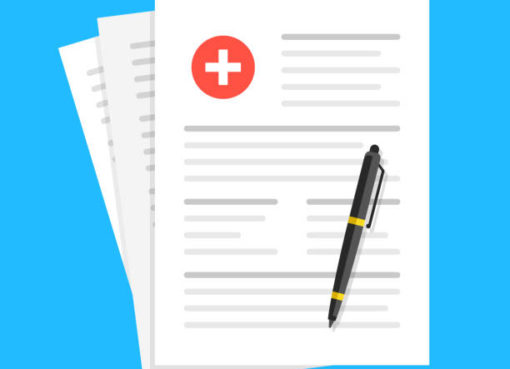Are bad debt losses included in administrative expenses?
Introduction: Selling goods to obtain payment, purchasing raw materials to produce goods, is an important part of the capital turnover process of enterprises. After the sale of goods, if the payment for goods cannot be recovered in time, the enterprise shall make a reasonable estimate based on experience, the actual financial status and cash flow of the debtor, and other relevant information, and make provision for bad debt losses.
Are bad debt losses included in administrative expenses?
Bad debt losses refer to the uncollected accounts receivable of the enterprise and the part that has been approved to be included in the losses.
Provision for bad debts refers to the provision of accounts receivable (including accounts receivable, other receivables, etc.) of the enterprise, which is an allowance account. For the accounting of bad debt losses, the enterprise adopts the allowance method. Under the allowance method, the enterprise should estimate the bad debt loss at the end of each period and set up a “bad debt provision” account. The allowance method refers to using a certain method to estimate bad debt losses on a scheduled basis (at least at the end of each year), withdraw bad debt reserves and transfer them to current expenses; when bad debts occur, the bad debt reserves that have been accrued are directly offset, and the corresponding accounts receivable are written off at the same time. A method of processing the balance of the payment.
1. When making provision for bad debts:
Debit: Asset impairment loss
Credit: bad debt provision
2. When writing off the excess provision for bad debts:
Debit: bad debt provision
Credit: Asset impairment loss
3. When bad debts occur:
Debit: bad debt provision
Credit: Accounts Receivable
4. When bad debts are recovered:
(1) When bad debts are reversed
Debit: Accounts Receivable
Credit: bad debt provision
(2) When receiving money
debit: bank deposit
Credit: Accounts Receivable
Provisions for Bad Debt Provisions
The enterprise shall analyze the recoverability of various receivables at the end of the period and estimate the possible bad debt losses. For bad debt losses that are expected to occur, provision for bad debts is made. The method of making provision for bad debts by an enterprise shall be determined by the enterprise itself. An enterprise shall formulate a policy for making provision for bad debts, clarify the scope of provision for making provision for bad debts, the method of withdrawal, the division of the age of accounts and the ratio of withdrawal, report it to the relevant parties for the record per the provisions of laws and administrative regulations, and keep it at the place where the enterprise is located. Once the bad debt provision accrual method is determined, it shall not be changed arbitrarily. If any changes are required, they should be explained in the notes to the financial statements.
When determining the accrual ratio of bad debt provision, the enterprise shall make a reasonable estimate based on experience, the actual financial status and cash flow of the debtor, and other relevant information. Unless there is conclusive evidence that the receivable cannot be recovered or is unlikely to be recovered (for example, the debtor unit has been canceled, bankrupt, insolvent, severely insufficient in cash flow, serious natural disaster, etc.) Inability to repay debts in a short period, as well as receivables for more than 3 years), the following conditions cannot be fully accrued bad debt provisions:
1. Accounts receivable that occurred in the current year;
2. Plan to restructure the receivables;
3. Accounts receivable with related parties;
4. Other receivables are overdue but there is no conclusive evidence that they cannot be recovered.
If there is conclusive evidence that the prepaid accounts of an enterprise do not conform to the nature of prepaid accounts, or if there is no hope of receiving the purchased goods due to bankruptcy or cancellation of the supplier, the amount originally included in the prepaid accounts shall be transferred. other receivables, and make provision for bad debts as required.
For the undue notes receivable held by the enterprise, if there is conclusive evidence that it cannot be recovered or is unlikely to be recovered, the book balance should be transferred to the accounts receivable, and the corresponding bad debt provision should be made.
Are bad debt losses included in administrative expenses? Provision for bad debts refers to the provision of accounts receivable (including accounts receivable, other receivables, etc.) of the enterprise, which is an allowance account. For the accounting of bad debt losses, the enterprise adopts the allowance method. Under the allowance method, the enterprise should estimate the bad debt loss at the end of each period and set up a “bad debt provision” account. Bad debt losses are not within the scope of management expense accounting.




